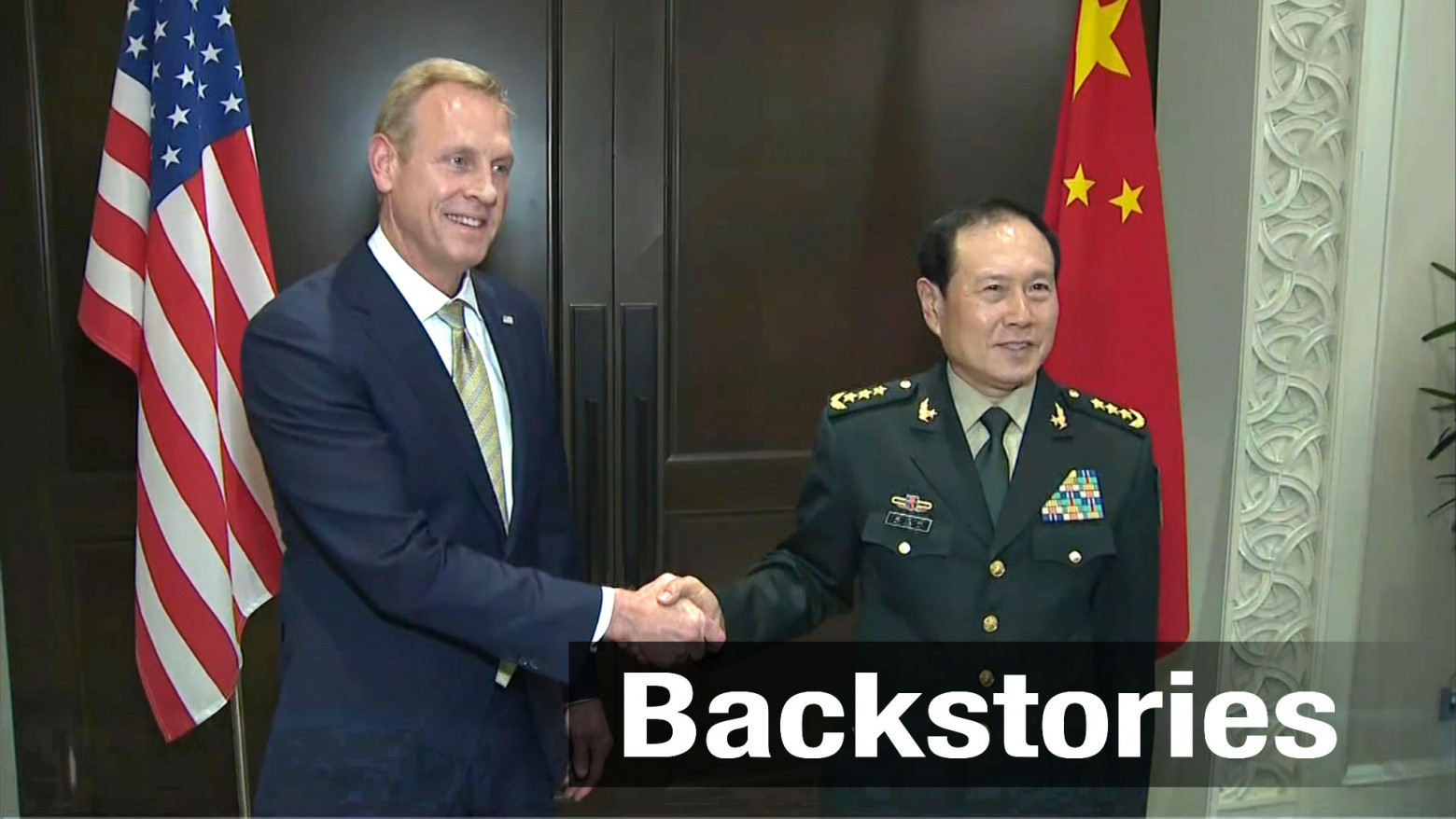Tough words frame cordial talks
Acting US Defense Secretary Patrick Shanahan and Chinese Defense Minister Wei Fenghe met on May 31 for about 20 minutes. The US Defense Department hailed the talks as constructive and said they focused on ways to reduce the risk of misunderstandings and miscalculations between their countries.
But Shanahan had earlier criticized China's military activity in the South China Sea, calling it "overkill".
And right after the meeting, China's Defense Ministry warned that the US "should not underestimate China's determination and ability to safeguard its national sovereignty and territorial integrity."
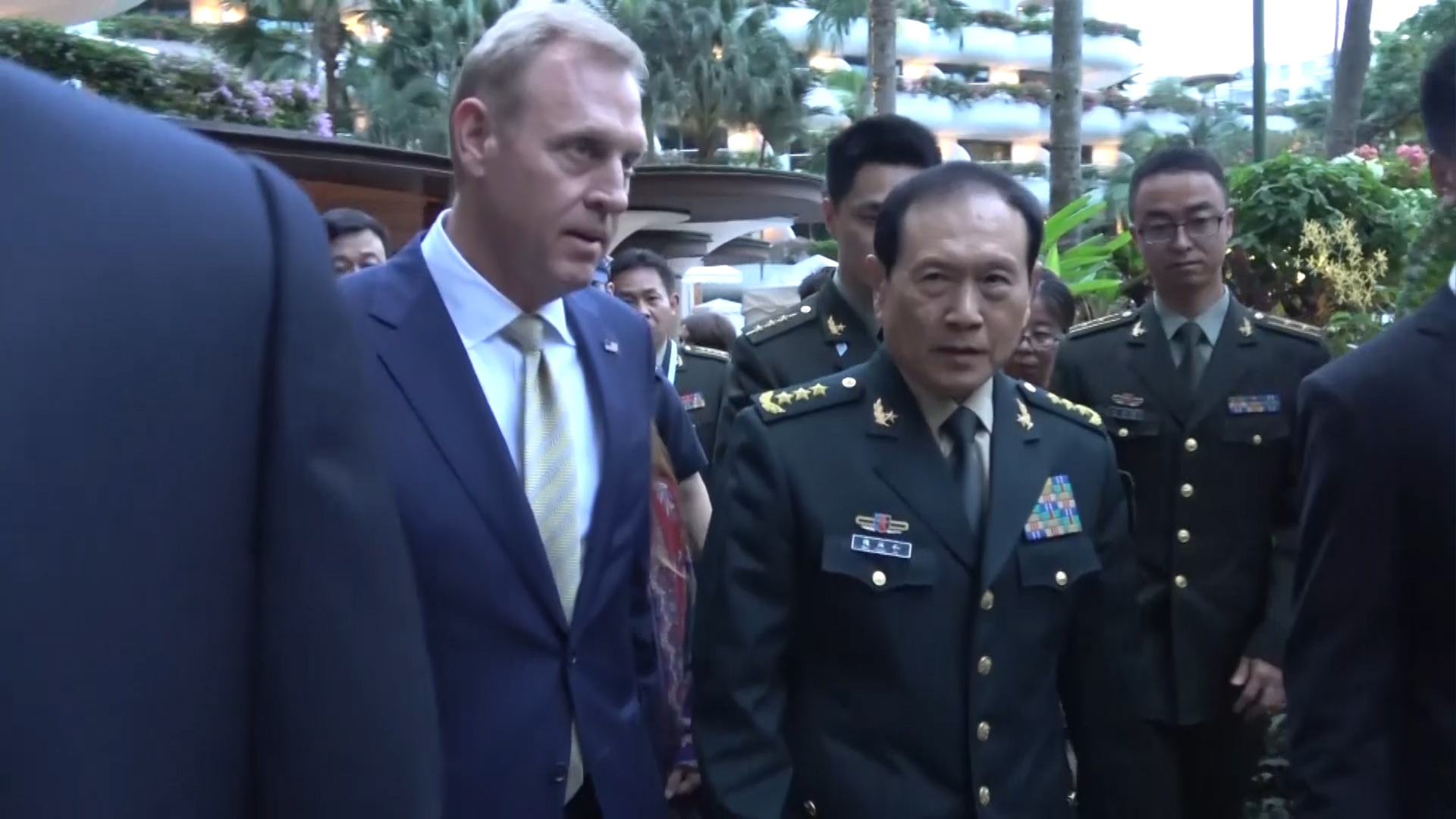
US unveils new Indo-Pacific strategy
The following day, the US unveiled a new regional strategy. Shanahan gave a speech in which he made a thinly veiled reference to China, saying "perhaps the greatest long-term threat to the vital interests of states across this region comes from actors who seek to undermine, rather than uphold, the rules-based international order."
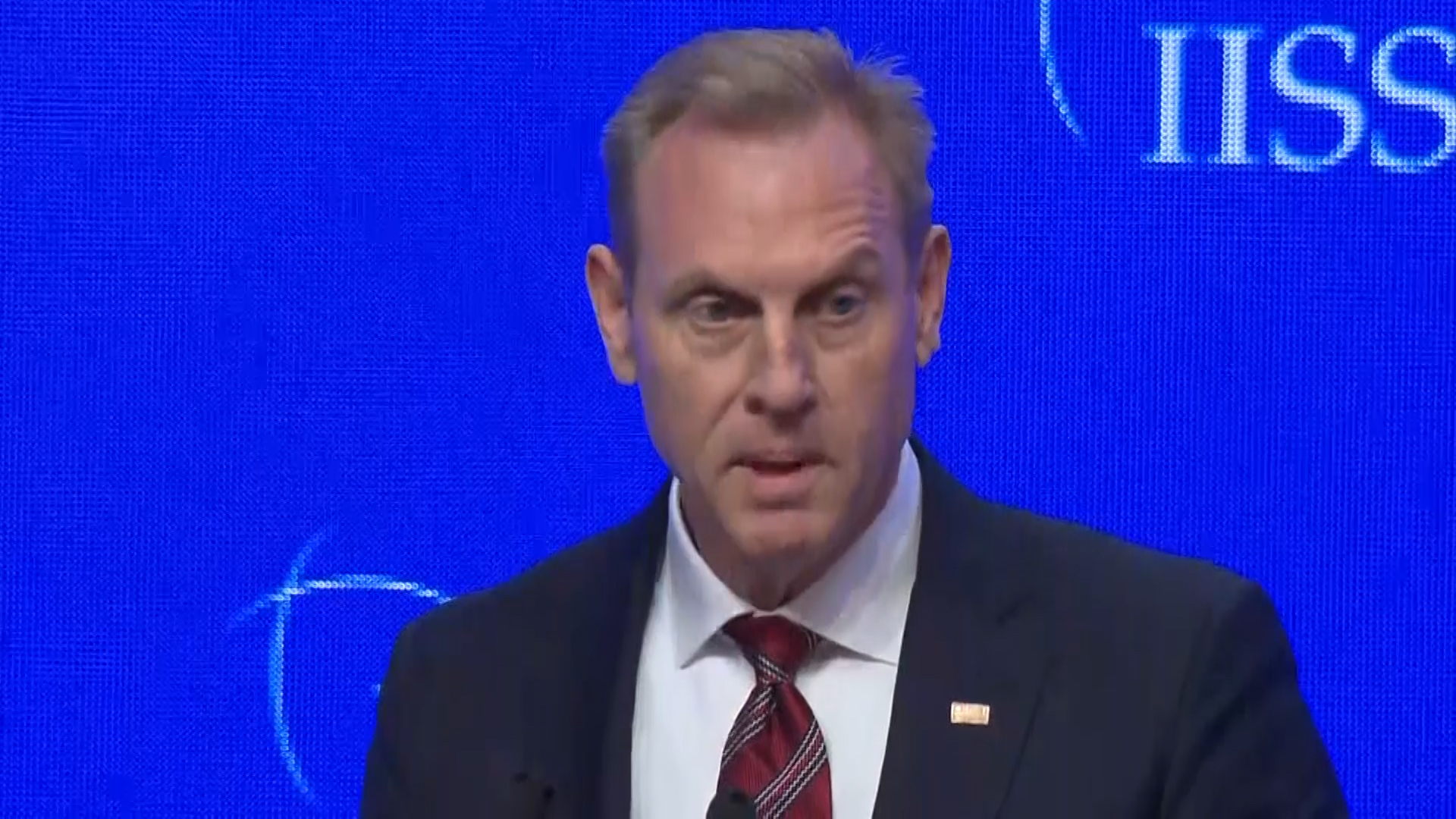
The US says it will boost its military presence in Pacific island nations, such as Palau and the Marshall Islands. These countries haven't been a big part of US military strategy in the past, but in the new geopolitics they occupy important locations as the US looks to keep China in check.
Washington also says it plans to buy 110 fighter aircraft, including state-of-the-art F35s, as well as 10 destroyers to improve missile defense capabilities, and most of the new equipment will be deployed in Asia.
The US is calling on Asian allies and other countries to help out by raising their military spending. But that got a tepid response from the Shangri-La delegates, many of whom questioned whether the US truly wants to get more involved in Asia. President Donald Trump's core message has always been "America first".
China's activities in the South China Sea
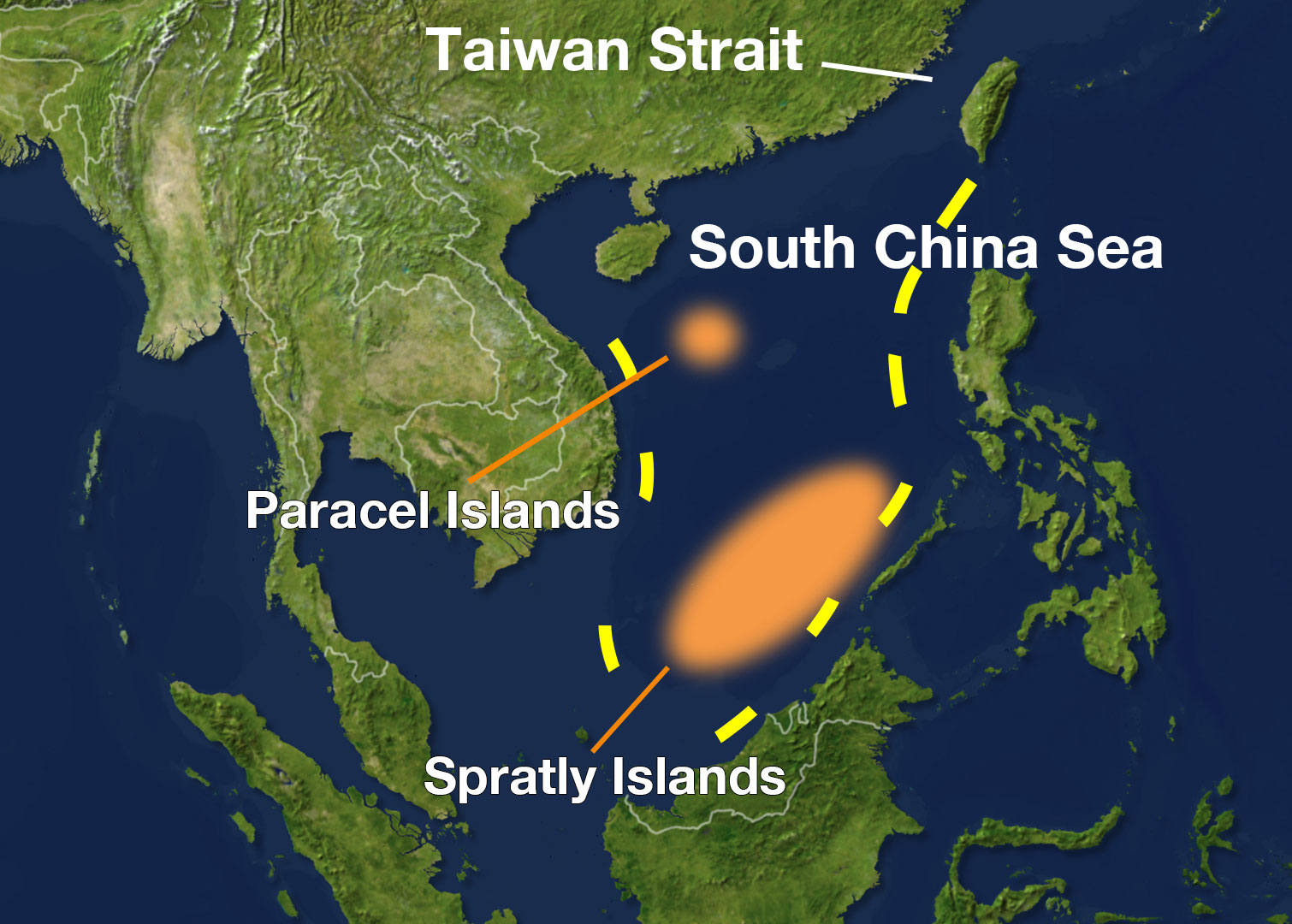
China claims almost all of the South China Sea.
It effectively controls the Paracel Islands and has built artificial islands in the Spratly chain, where it has erected a host of facilities that may have a military purpose.
A US think tank, the Center for Strategic and International Studies, says China has deployed anti-ship and anti-air missiles and built hangars for H6K bombers on some of the manmade islands. The bombers are said to be capable of carrying long-range cruise missiles.
There are also reports of a new intelligence-gathering facility on reefs in the Paracel Island, designed to collect radio signals and other data from naval vessels in the areas.
China has been conducting drills involving aircraft and naval vessels in the sea. And last year, its bombers carried out take-off and landing exercises in the Paracel Islands.
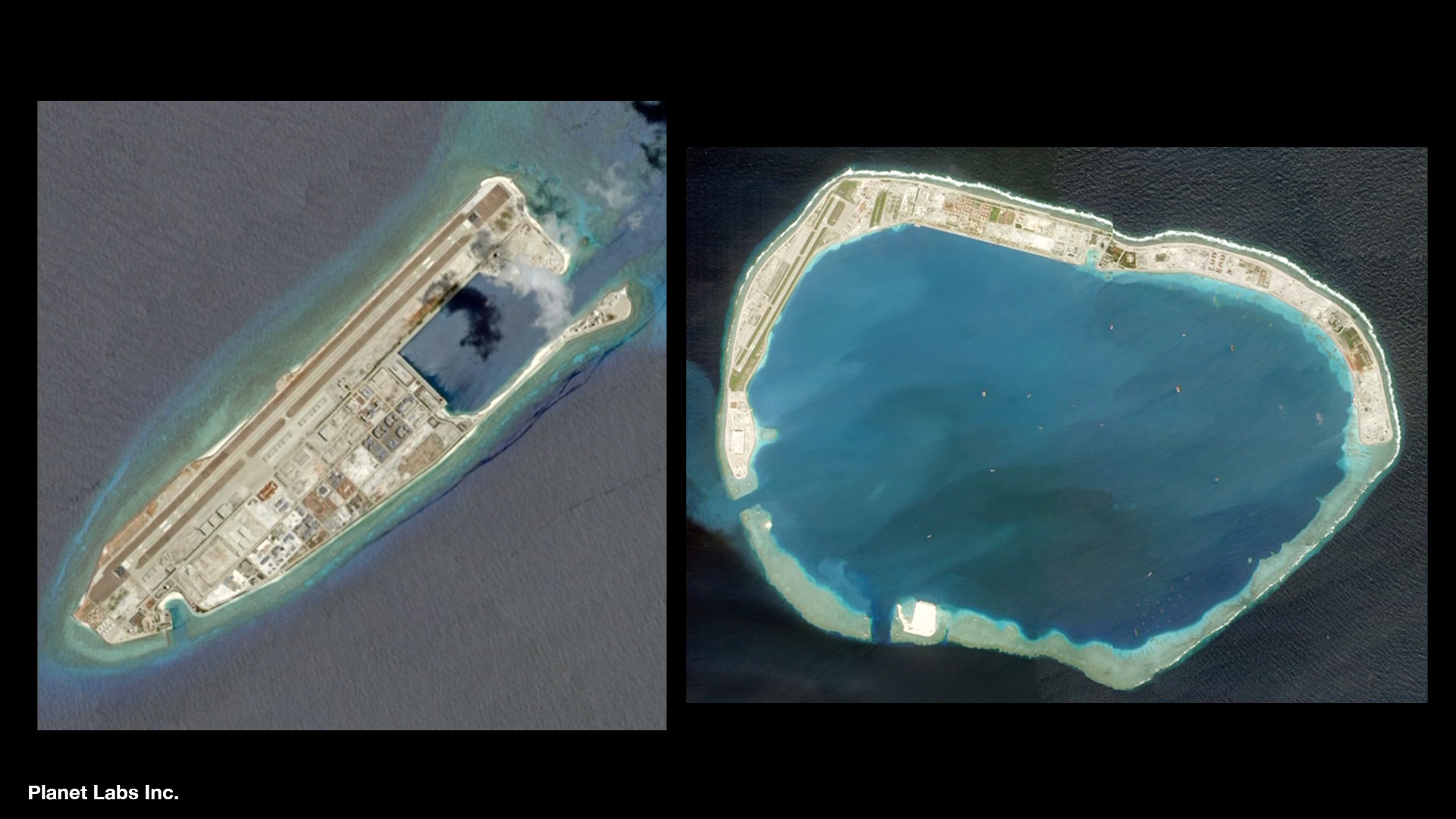
Gregory Poling, director of the Asia Maritime Transparency Initiative at CSIS, says China has significant intelligence, surveillance and reconnaissance capabilities throughout the Paracel and Spratly chains. "We have to assume that nothing moves on or above the South China Sea that China does not see,” he says.
Beijing claims it is only constructing essential defense facilities. But Washington paints it as a military build-up.
The US defense department says China now possesses more than 300 naval vessels and has plans to increase its submarine fleet from 60 vessels to between 65 and 70 by 2020.
China hits back at "erroneous views"
It was the first time in eight years that China had sent its defense Minister to the forum, an indication that it feels the need to challenge the US view of the region.
In a speech on the final day, Wei criticized Washington for carrying out the so-called "freedom of navigation" operations in the South China Sea.
Wei contrasted that with China's military presence in the region, which he said was for self-defense and the legitimate right of a sovereign state.
He also lambasted Washington for its stance on Taiwan.
The US has been sending its navy vessels through the Taiwan Strait for the last five months running.
Wei warned that "if anyone dares to split Taiwan from China, China's military will have no choice but to fight at all costs for national unity.”
Wei called on Washington to seek ways to avoid the worst-case scenario.
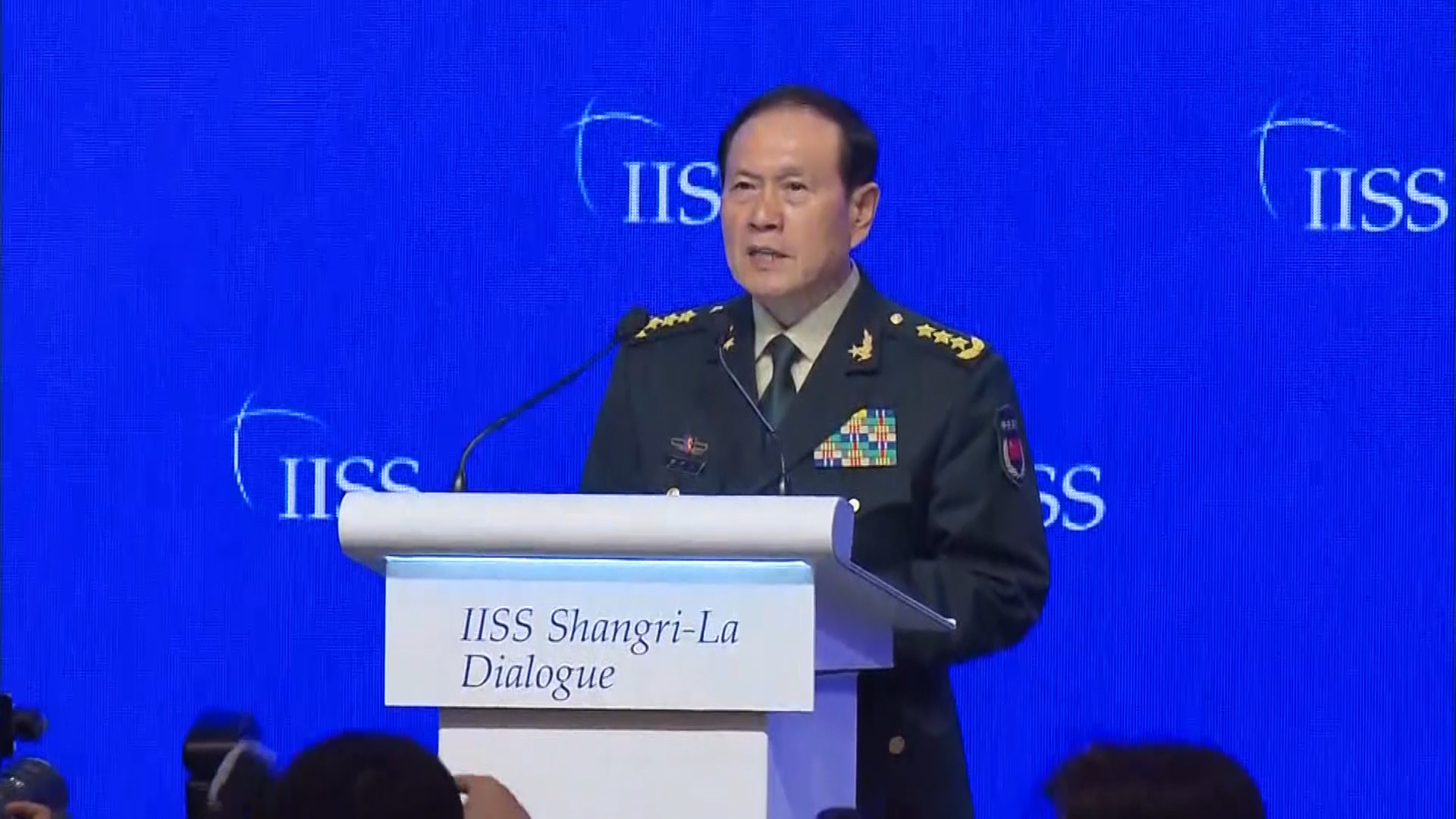
What next?
The next chance to address these deep divisions comes later this month, when the leaders of the two countries will share a stage at the G20 summit in Osaka. The question is: can they deliver more than the defense chiefs managed in Singapore?
